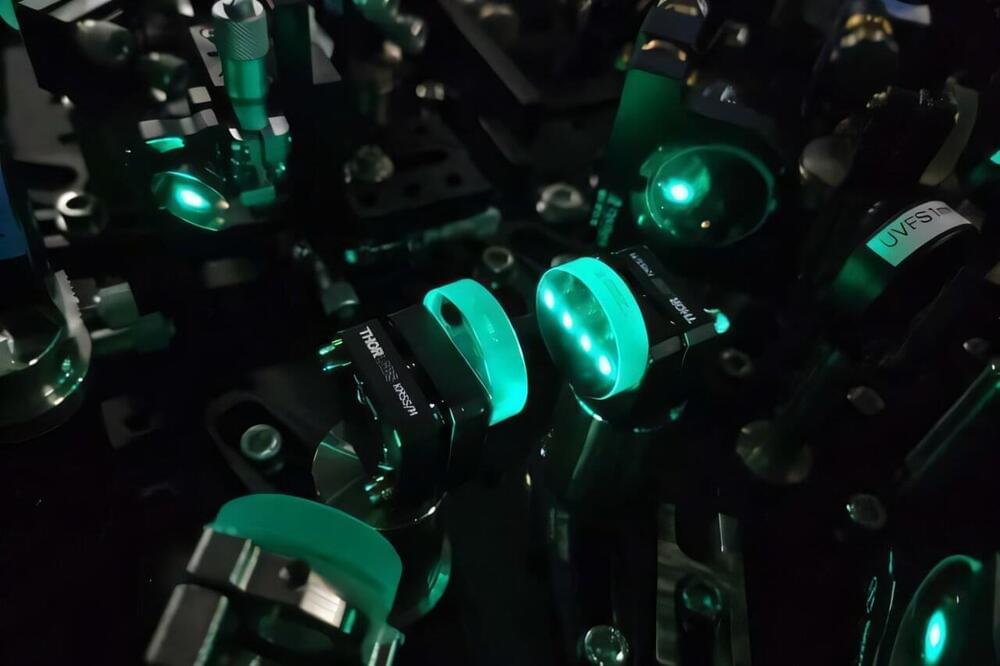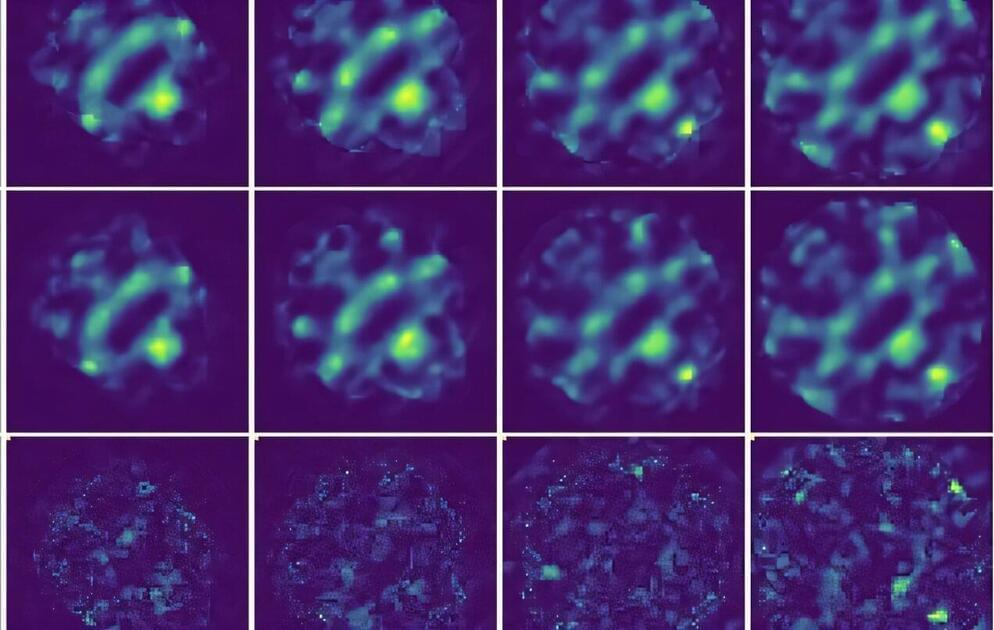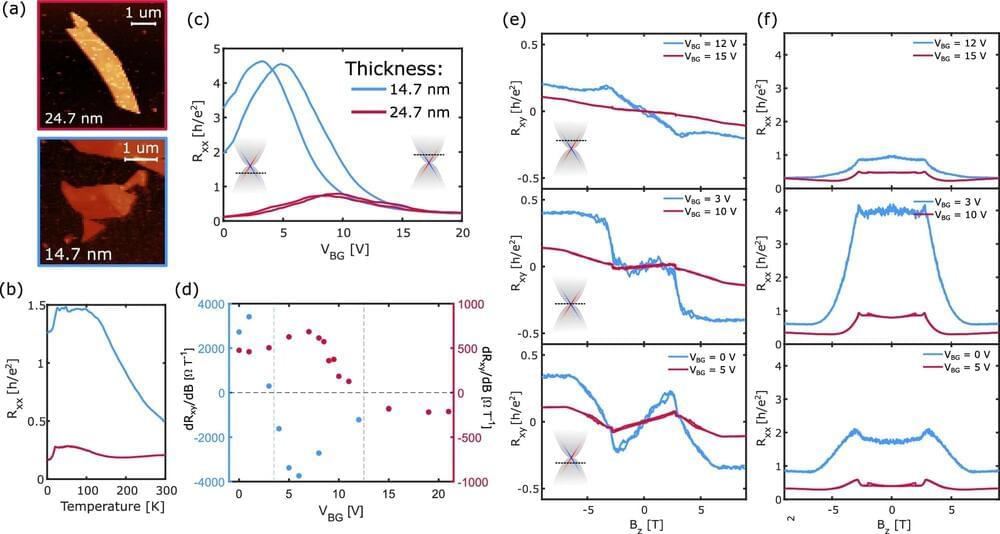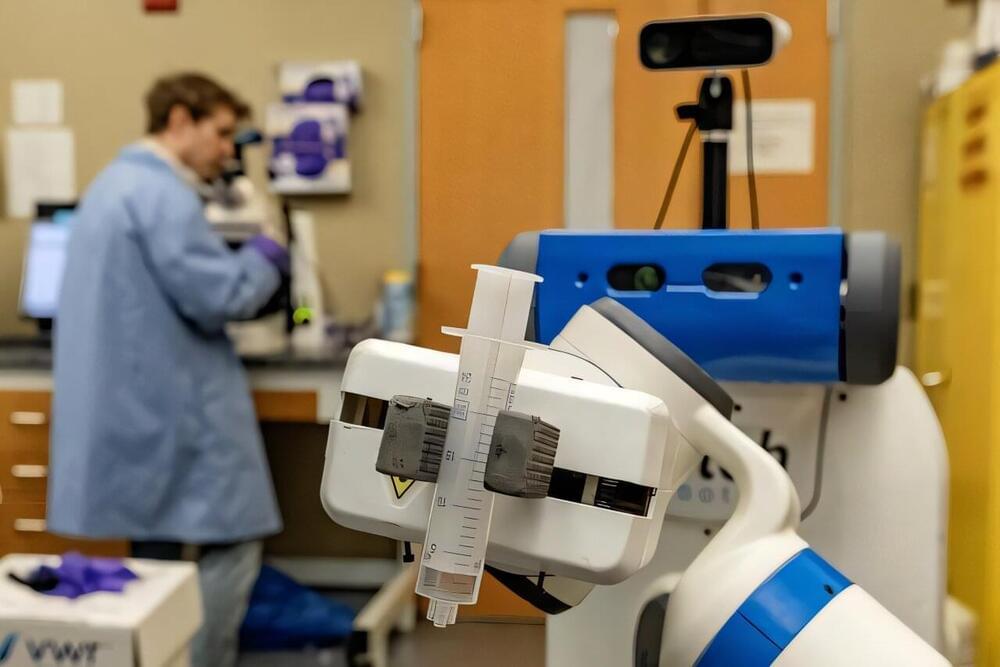Oct 24, 2024
AI helps humans have a 20-minute ‘conversation’ with a humpback whale named Twain
Posted by Genevieve Klien in categories: alien life, robotics/AI
In a remarkable encounter off the coast of Alaska, human scientists had what they describe as a “conversation” with a humpback whale named Twain. Dr. Brenda McCowan from the University of California Davis was at the heart of this unexpected exchange.
Dr. McCowan and her team, known as Whale-SETI, have been studying how humpback whales communicate. They’re aiming to understand whale communication systems to help in the search for life beyond Earth.
Using an underwater speaker, the team played a recorded humpback “contact” call into the ocean. To their astonishment, Twain approached their boat and began responding.
















